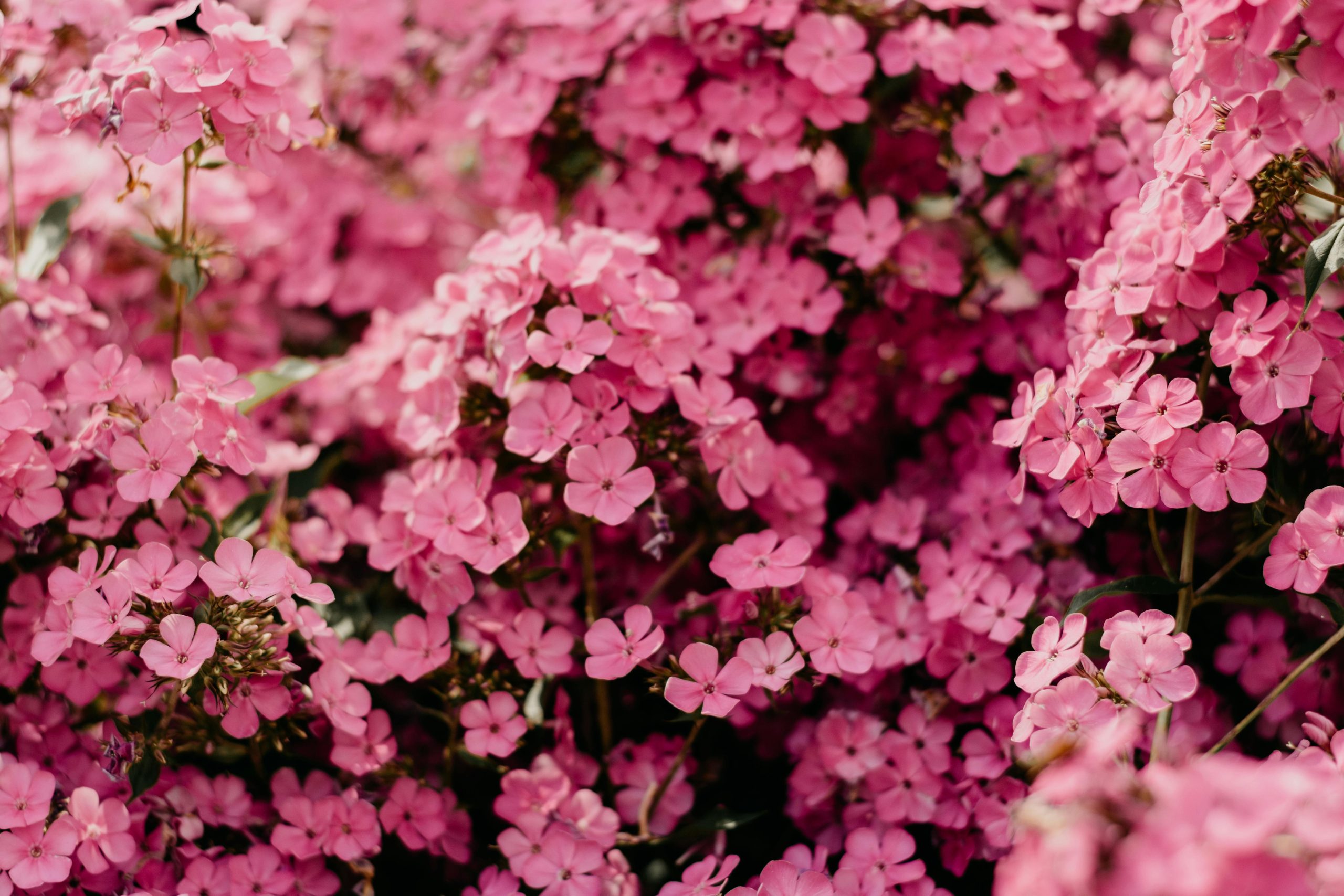Complete Guide of Phlox
by Mark Hunt

Phlox is a delightful flowering plant that produces clusters of brightly coloured blossoms, brightening up gardens and landscapes. The garden was rich in colour and fragrance, and perennial violets have become a gardener’s favourite due to their versatility. Phlox beautifies outdoor spaces, whether in garden beds, containers, or as ground covers. This guide outlines its types, modes of cultivation, and basic care to assist gardeners in growing it successfully.
Understanding Phlox Varieties
Phlox comprises many different species that vary in size, bloom time, and growing conditions. These various types all serve different purposes in garden design.
- Garden Phlox (Phlox paniculata): A perennial prized for its tall, fragrant summer flowers, often found in the centre of garden borders.
- Phlox subulata (Creeping Phlox): This low-growing variety is?perfect for ground cover and provides a colourful mat in spring.
- Woodland Phlox (Phlox divaricata): Good for the shade, where it yields pastel?flowers that draw pollinators.
- Annual Phlox (Phlox drummondii): Frequently grown in containers or temporary flower beds, it puts on an extensive show throughout the summer.
The type of compost you use will vary depending on the climate you live in, the layout of your garden, and your intended purpose for the compost. An informed choice ensures uniformity of colour and coverage throughout the seasons.
Ideal Growing Conditions
- Phlox performs particularly well under certain conditions. It promotes healthful?growth and extended blooming when you have the right environment.
- Soil: Well-drained soil that is high in nutrients will set?the roots for success. Combining ?nutrient-rich worm castings with the soil lightens it while adding organic content.
- Sun: While most prefer full sun, some woodland types do better in partial shade
- Water: Keep this plant evenly moist, but never soggy. Lesson: too?much water fungi.
- Planting distance: Adequate space between plants allows for sufficient air circulation, which is helpful in preventing disease.
- Regular watering, fertilisation, and mulching will really help plants,?and this is an important part of the guarantee.
Planting Process
This article will not delve into detail on how to properly care for your garden phlox, as you are likely preparing your garden for planting shortly. Therefore, let this stage of the process be a good opportunity to prepare for a strong and vibrant batch of flowers. Take the right steps before starting for long-lasting results.
- Soil Preparation: Here, you will find a table where you can add compost or well-rotted manure to improve the soil quality.
- Position the Plants: Place each plant at the same depth as it was in the nursery container.
- Deeply Watering:?Water the roots deeply after planting.
- Cover with Mulch: Apply a thin layer of mulch to help retain moisture and suppress weeds.
These measures provide a nurturing environment for the plants to take root and blossom exuberantly.
Care and Maintenance
With a little ongoing care, phlox can help fuel your vibrancy through the seasons. Small things, attended to regularly,?avoid common problems.
- Pruning:?Deadhead to stimulate continual blooming. Prune back stems in late autumn for the?winter.
- Fertilising: In?early spring and mid-summer, use a balanced fertiliser for steady growth.
- Weeding: Maintaining cleanliness and suppressing competition for food.
- Pest Control: Be vigilant for spider mites, aphids, or powdery mildew. Infestations should be?treated promptly with an organic spray.
- As a general rule, healthy plants are less prone to disease, so monitoring them for disease is advisable.
Seasonal Highlights
Most types of phlox are multiseason, perennial beauties that spread a rainbow of hues through the garden. The key to a beautiful?display is knowing when it blooms.
- Spring: Creeping phlox creates dense carpets of colour in pink, purple, and white.
- Height of summer: Garden varieties grow tall and offer large clusters of blossoms for butterflies to visit.
- Autumn: The beauty of late-flowering species carries?into the cooler months.
- Mixing early and late bloomers allows gardeners to enjoy a constant wave of flowers in their garden throughout the year.
Propagation Methods
- A few surefire methods?for increasing a phlox collection are simple to use.
- Dividing: Divide mature plants every few years during spring or?fall in order to keep them vigorous.
- Plant stem cuttings: This involves using healthy shoots and rooting them in moist soil to establish new plants.
- Seed: Certain varieties can be grown from seed, but due to colour variation, this is less frequently done.
- Not only does propagation expand the number of plantings, but it also rejuvenates older clumps, ensuring their continued productivity.
Conclusion
Phlox will always be a classic that appeals?to both novice and veteran gardeners alike. This plant suits almost any style of garden due to its versatility, various colours, and pleasant scent. When the soil is well-prepared, when care is constant, and there is a choice of varieties, the flower becomes a colourful, lively corner of our outdoor area. Phlox offers a delightful gardening experience and beautiful charms for every growing season.
Phlox is a delightful flowering plant that produces clusters of brightly coloured blossoms, brightening up gardens and landscapes. The garden was rich in colour and fragrance, and perennial violets have become a gardener’s favourite due to their versatility. Phlox beautifies outdoor spaces, whether in garden beds, containers, or as ground covers. This guide outlines its…